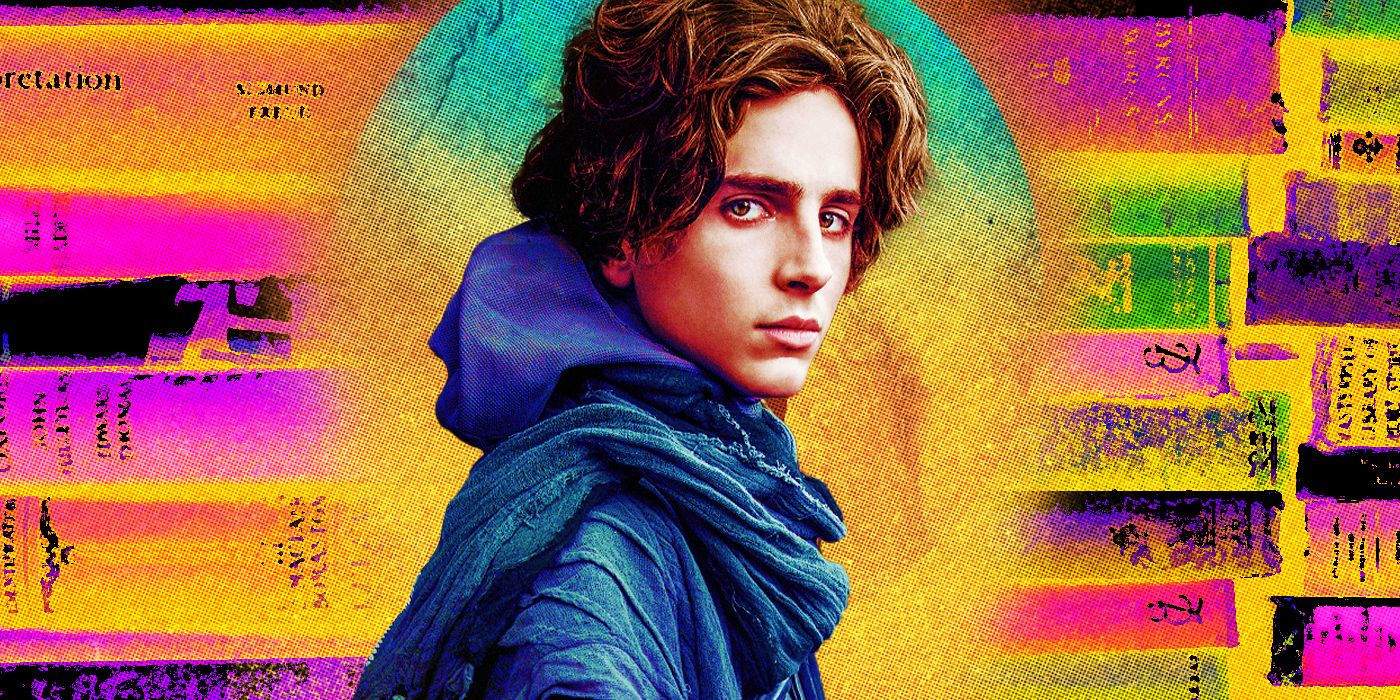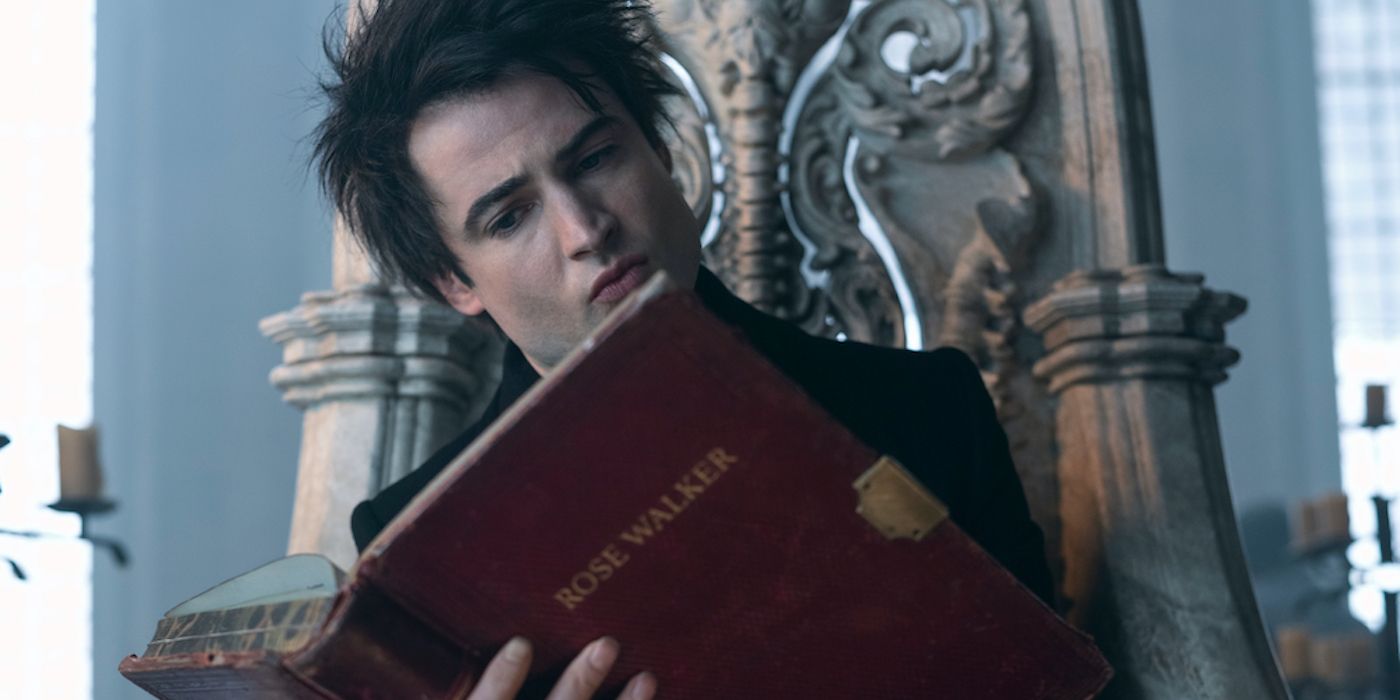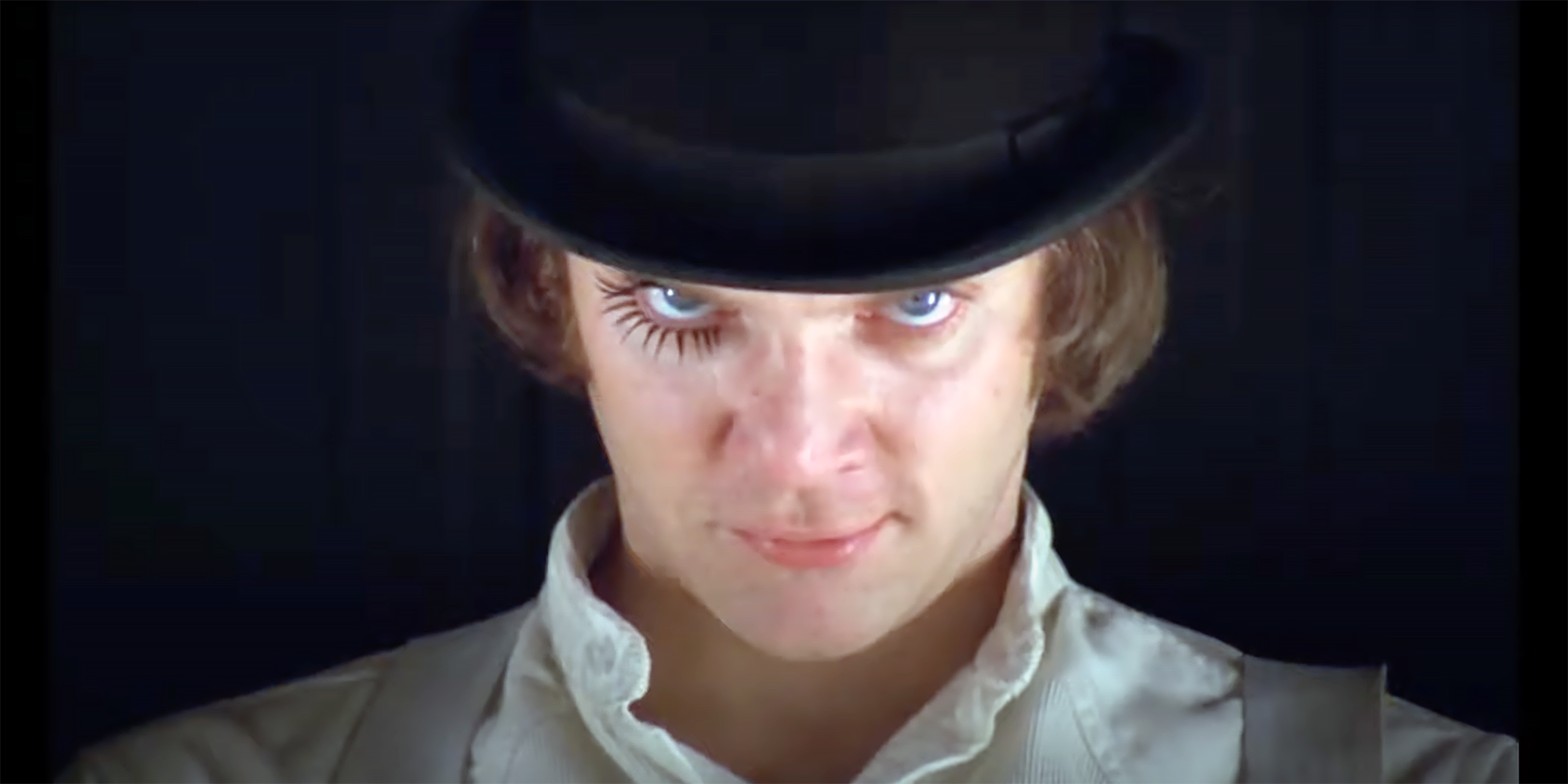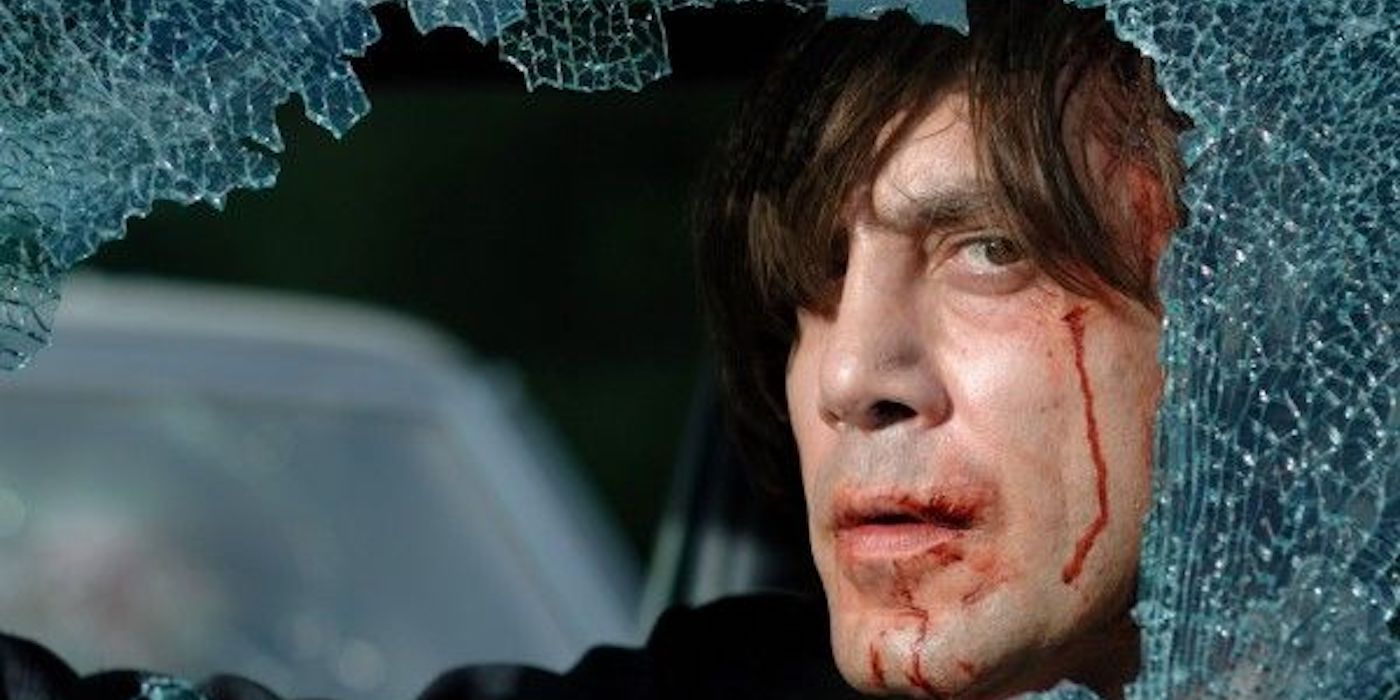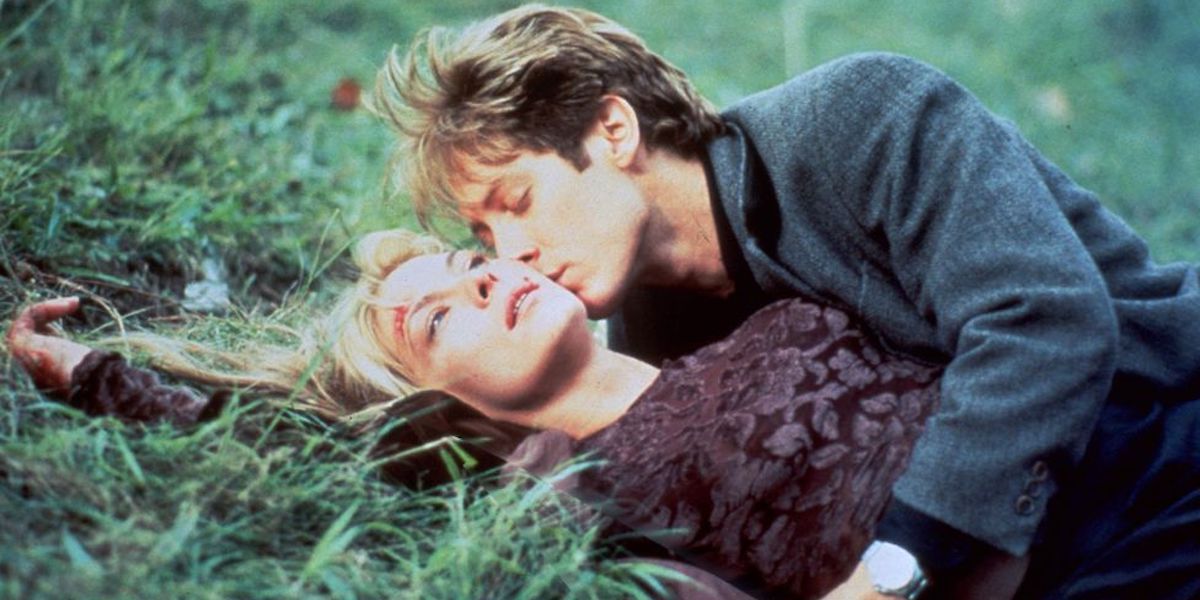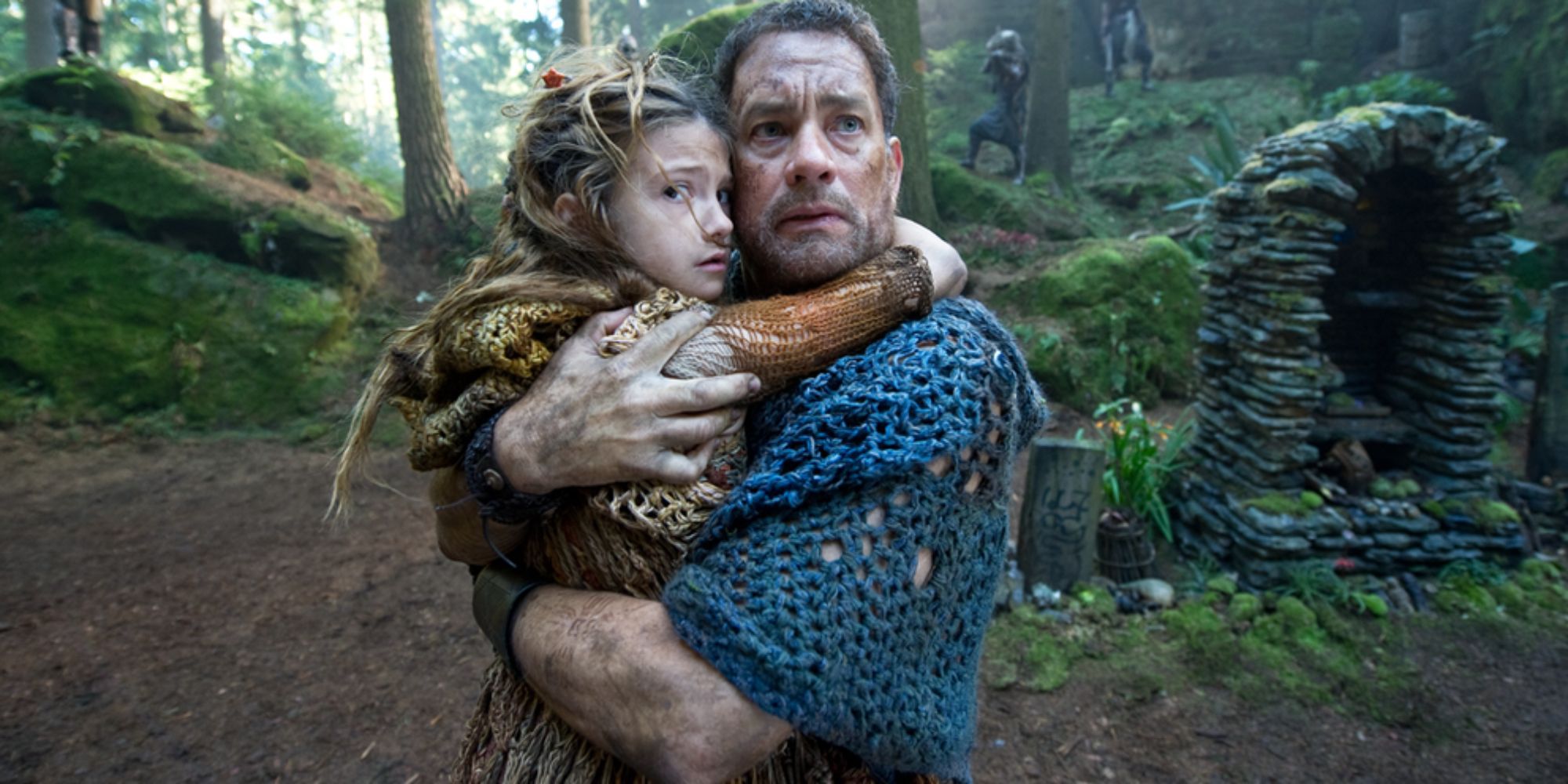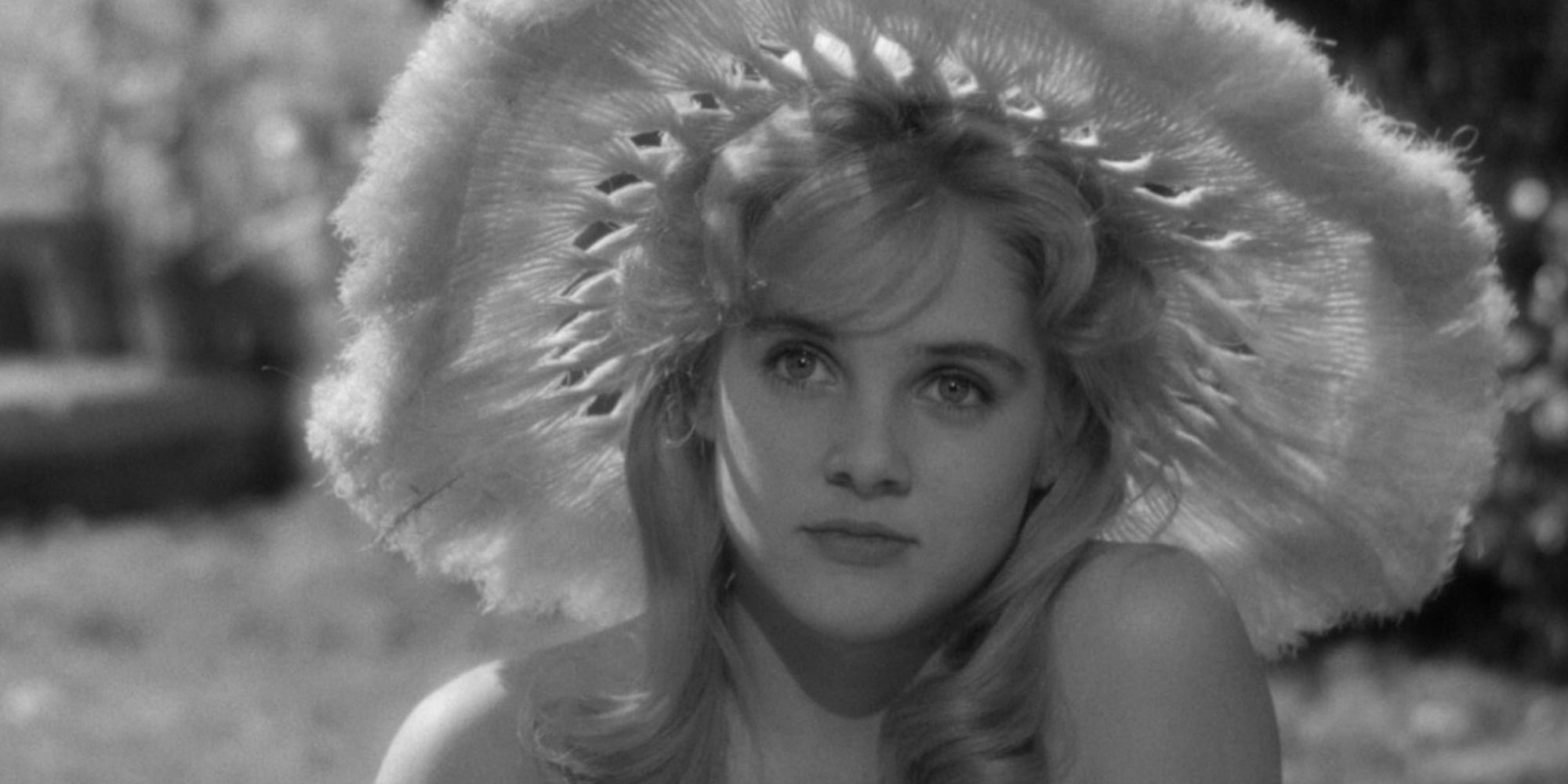We have all heard the sentiment, “that book is unadaptable.” What makes a book hard to adapt is a nuanced question, but there are two obvious reasons a book or series could be considered "unadaptable": scope and controversial subject matter. Books, especially books that are a part of a series, can have thousands of pages to tell their stories while movies only get a couple of hours and TV shows a couple of seasons. There simply isn’t enough time for most books to be transformed into engaging stories on the big screen.
The other aspect that often proves difficult is the subject matter of certain books. The scope of the written word often offers more room to wrestle with controversial ideas in a satisfying way. Books that seem either too long, too weird, or too boring will get labeled with the “unadaptable” tag. Although it may seem impossible for these great books to work on the screen, there are many examples of successful movies and TV shows that adapt books originally thought to be unadaptable. Below are ten films and TV shows that successfully adapted difficult books.
The Sandman
Neil Gaiman's beloved graphic novel finally found a live action home with Netflix's adaption earlier this year. The Sandman focuses on Morpheus, who escapes a hundred-year imprisonment and looks to reset balance in the realm of dreaming. The first season adapts the first two volumes of the comic, and it succeeds in its ability to bring many of the panels to life. The wild imagery of Gaiman's source material is adapted with a visceral adherence to the gothic and fantastical scenes that make the story work.
Game of Thrones
In hindsight, George R.R. Martin’s 'A Song of Ice and Fire' was the perfect series to adapt into a television show, but initially it seemed like the series would never be adapted. Game of Thrones is a fantasy story set in Westeros, where multiple houses position themselves for control of the Iron Throne. Like the books, Game of Thrones focuses on dozens of different characters with just as many plot lines. The scope of the story seemed to be what kept it from working on screen, with not enough time to dedicate to all the different characters. However, the series eventually proved that sentiment wrong, creating a show that spans across continents, cutting back and forth to plot lines that seem disconnected at first, but eventually all tie together. No list about book-to-screen adaptations would be complete without Game of Thrones, even if the ending of the series didn’t live up to expectations.
A Clockwork Orange (1971)
Anthony Burgess’ 1962 novel seemed like it would be too violent to work on the big screen. The story follows Alex (Malcolm McDowell) a leader of a violent gang of "Droogs," through their multiple assaults of various people. After getting caught at the scene of one of his crimes, Alex undergoes an experiment that is said to suppress violent behavior. Kubrick brings A Clockwork Orange to the screen by limiting some violence from the novel and putting more focus on systems of corruption that lead to violence. The brilliance of this adaptation comes from Kubrick's ability to make the slang language of the book and over-the-top violence work for a larger audience.
Dune (2021)
For a long time all Dune adaptions seemed destined to fail. David Lynch and Syfy's adaptions both feel flat. David Lynch tried to fit too much material into a two-hour movie while Syfy stretched the material to fit into a miniseries. Denis Villeneuve bridges the gap between both of the adaptations by breaking the book into two movies. Dune focuses on Paul Atreides' (Timothée Chalamet), a member of a noble house, as he navigates through a war for the galaxy's most valuable resource on the desert planet Arrakis. Through beautiful production design and cinematography, strong pacing, and an understanding of the source material, Villeneuve captures the scope and importance of the epic story of Dune.
IT (2017)
In similar fashion to Villeneuve's Dune adaption, 2017's IT splits the story int two parts. IT's story centralizes around Pennywise the Dancing Clown (Bill Skarsgård) and his attempt to attack a group of children. This adaption thrives in its ability to make Pennywise terrifying. The blockbuster mentality allowed for the fantastical elements of Pennywise to shine, allowing him to grow in size, appear in pictures and play against your worst fears. Skarsgård's performance brings the clown to life, but the entire cast allows the movie to shine. The movie adaptation took all the best parts of Stephen King’s novel while omitting certain problematic aspects, bringing this horrifying tale to life on the big screen.
No Country for Old Men (2007)
The seemingly unfocused structure of No Country for Old Men made it seem like it wouldn’t work on the big screen, but in the hands of the Coen brothers the story was able to flourish. No Country for Old Men tells the story of Anton Chigurh (Javier Bardem) and his hunt for a cowboy who stumbled upon two million dollars of the drug cartel's money. No Country for Old Men doesn’t limit itself to only one perspective, making it a unique challenge for a two-hour movie. The film flows through multiple different perspectives, never allowing one to overtake the narrative. While some thought this unconventional structure would work against No Country for Old Men on the big screen, the Coen brothers made it essential to the movie's themes of a western landscape changing for the worse.
The Wheel of Time
The Wheel of Time takes place In a world where only women are allowed to use magic. Moiraine (Rosamund Pike) is a powerful Aes Sedai who stumbles upon five young villagers, one of which may be the legendary "dragon reborn". The Wheel of Time suffered from a similar issue to Game of Thrones – how could you possibly fit fourteen novels into one television series? The Wheel of Time television adaptation solves this issue by using threads from later books earlier on in the story and giving more characters a central focus. Unlike the first book, Moiraine is used as a point of view character to help carry the momentum of the narrative as the show wants to establish more characters. The first season of The Wheel of Time was a great jumping off point for the adaptation and fans will certainly expect it to continue improving on the things it did well in the first season as it looks to recapture some of the same satisfying conclusions from the series.
Crash (1996)
After a car accident, Vaughn attempts to rejuvenate his sex life with his wife through the sexual energy created through car accidents. Yes, you read that correctly. It seemed unlikely that 1996's Crash would work on the silver screen due to its provocative subject matter, but the movie leans into its source material making for an uncomfortable and dialogue-inducing experience. Sex is explicit and constant throughout the movie resulting in an experience that is uncomfortable to watch but is true to its source material. Crash has gained a cult following over the years since its initial release due to its unapologetic adaptation of the book.
Cloud Atlas (2012)
Six separate short stories make up Cloud Atlas' novel, which made it a unique challenge for the Wachowski's adaptation. The stories are too short to work as entire hour long episodes and arguably too dense to make into fifteen minutes of screen time for a movie. The Wachowski's made the structure work on the big screen by cutting together the six different stories unlike the novel that tells each of them individually. The result is a more emotional connection to each of the plot lines as the stories all rise and fall at the same time. The structure of the book instead highlights the bigger picture of each story as you read them consecutively. Cloud Atlas is a perfect example of why experimentation can be a good thing when adapting difficult texts.
Lolita (1962)
The second Kubrick film on this list, Lolita delves into the disturbing perspective of a sexual predator. When adapting the novel Kubrick was forced to remove nearly all the explicit sexual scenes within the story. In the film, the most unsettling moments from the novel either occur offscreen or are drastically altered. However, Kubrick is still able to use subtext to his advantage as the movie never romanticizes the harm that is being done to Lolita.

